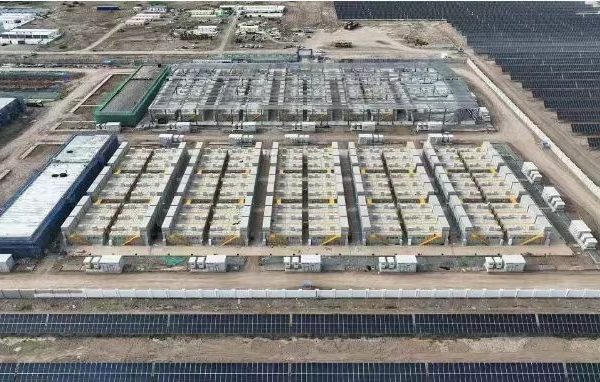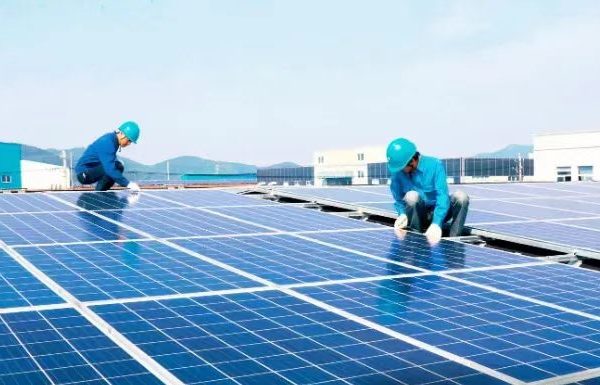Small PV + storage systems have become increasingly popular for off-grid homes, small industrial units, and remote facilities. While these systems provide reliable power, cost savings, and renewable integration, installation can present unique challenges. Site constraints, modular integration, and system reliability must be addressed to ensure consistent operation.
This article examines common installation challenges in small PV + storage systems, provides replicable technical solutions, and highlights key lessons from real-world deployments.
1. Common Installation Challenges
a) Limited Space and Roof Constraints
Small PV installations often face roof size limitations, shading issues, and structural load considerations.
- Roof strength may not support PV panels plus racking.
- Shading from nearby buildings or trees reduces PV output.
- Orientation and tilt constraints limit energy capture.
b) Integration with Modular Storage
- Ensuring proper placement of battery modules for ventilation and thermal management.
- Routing DC and AC wiring safely between PV, storage, and inverter.
- Avoiding single points of failure in modular design.
c) Electrical Safety and Compliance
- Ensuring grounding and surge protection for rooftop PV and storage.
- Compliance with local electrical codes and net-metering regulations.
- Overcurrent protection and isolation requirements for small ESS.
d) Thermal and Environmental Considerations
- Batteries may be sensitive to high ambient temperatures or humidity.
- Indoor vs. outdoor installations affect enclosure selection.
- Preventing dust, moisture, or condensation ingress.
e) Grid and Load Coordination
- Synchronizing PV output and storage with existing grid or load profiles.
- Avoiding overcharging or deep discharge of batteries.
- Accounting for variable load patterns in small commercial setups.
2. Practical Installation Solutions
a) Optimized Site Layout
- Use roof assessments and 3D modeling to plan panel placement.
- Select lightweight, modular racking for roofs with load constraints.
- Deploy micro-inverters or DC optimizers to mitigate shading effects.
Case Insight:
A remote clinic installed a 5 kW PV system on a partially shaded roof using micro-inverters and tilt-adjusted panels, achieving 92% of expected energy output.
b) Modular Battery Placement
- Modular battery cabinets allow flexible placement, often near the main load for efficiency.
- Maintain minimum clearance for ventilation and easy access for maintenance.
- Integrate temperature sensors and thermal management within the cabinet.
Technical Highlight:
A 20 kWh modular LiFePO₄ setup used in a small manufacturing unit featured stackable 5 kWh modules in a ventilated cabinet. This allowed hot-swap replacement without system downtime.
c) Electrical Integration and Safety
- Use pre-tested modular wiring harnesses to simplify installation.
- Ensure dual protection: fuses at module and system level.
- Include isolation switches for emergency and maintenance access.
Lesson Learned:
A residential PV + storage project achieved compliance and safe operation by deploying a modular DC combiner box with integrated surge protection, reducing installation complexity.
d) Thermal and Environmental Solutions
- Outdoor installations: sealed IP65 enclosures with UV-resistant coating.
- Indoor installations: maintain ventilation paths and avoid heat sources.
- For high-humidity areas, add desiccant packs or forced-air ventilation.
Case Insight:
A tropical off-grid site implemented ventilated cabinets with hydrophobic filters, keeping batteries within the optimal 20–35°C range, even under full summer sun.
e) Load Management and Grid Coordination
- Implement an EMS or intelligent inverter to manage PV production and storage dispatch.
- Schedule battery discharge for peak hours and recharge during off-peak or PV surplus.
- Use remote monitoring to adjust load priorities and optimize system operation.
Practical Example:
A 10 kW PV + 15 kWh storage system at a small factory used EMS-controlled load scheduling. Peak demand was reduced by 25%, and battery cycling was optimized to extend lifespan.
3. Real-World Case Study: Small Commercial PV + Storage
Project Overview:
- Location: Southeast Asia
- System Size: 8 kW PV + 20 kWh modular storage
- Load: Small food processing facility
- Objective: Peak shaving and backup power
Implementation Highlights:
- Modular batteries installed indoors with forced ventilation.
- PV panels placed with micro-inverters to mitigate partial shading.
- EMS controlled battery charge/discharge and coordinated with grid tariffs.
Outcomes:
- Peak demand reduction: 22%
- Uptime: 99.5% during grid outages
- Maintenance: Module swapable without downtime
Key Lesson:
Combining modular design, site-specific layout, and EMS control ensures reliable operation even in space-constrained installations.
4. Best Practices for Small PV + Storage Installation
| Aspect | Recommendation |
|---|---|
| Site Assessment | Roof structure, shading, orientation |
| PV Integration | Micro-inverters or optimizers for shading mitigation |
| Modular Batteries | Stackable, ventilated cabinets; hot-swap capability |
| Thermal Management | Enclosures, ventilation, or active cooling if needed |
| Safety & Compliance | Fuses, isolation switches, grounding, surge protection |
| EMS / Load Control | Schedule battery dispatch and PV usage to maximize efficiency |
5. Future Trends
- Plug-and-play modular systems for faster installation and commissioning.
- Smart EMS integration with predictive maintenance for small-scale systems.
- IoT-enabled remote monitoring to detect anomalies and optimize performance.
- Hybrid energy systems combining PV, storage, and small wind or backup generators.
Small PV + storage systems offer reliable, flexible energy solutions for residential, remote, and small commercial sites, but installation challenges must be carefully addressed. By combining optimized site layouts, modular battery design, proper electrical integration, and intelligent EMS, operators can achieve high reliability, peak demand reduction, and simplified maintenance.
Well-planned installations not only maximize energy yield but also extend system lifespan, providing a replicable blueprint for small-scale PV + storage deployments.









